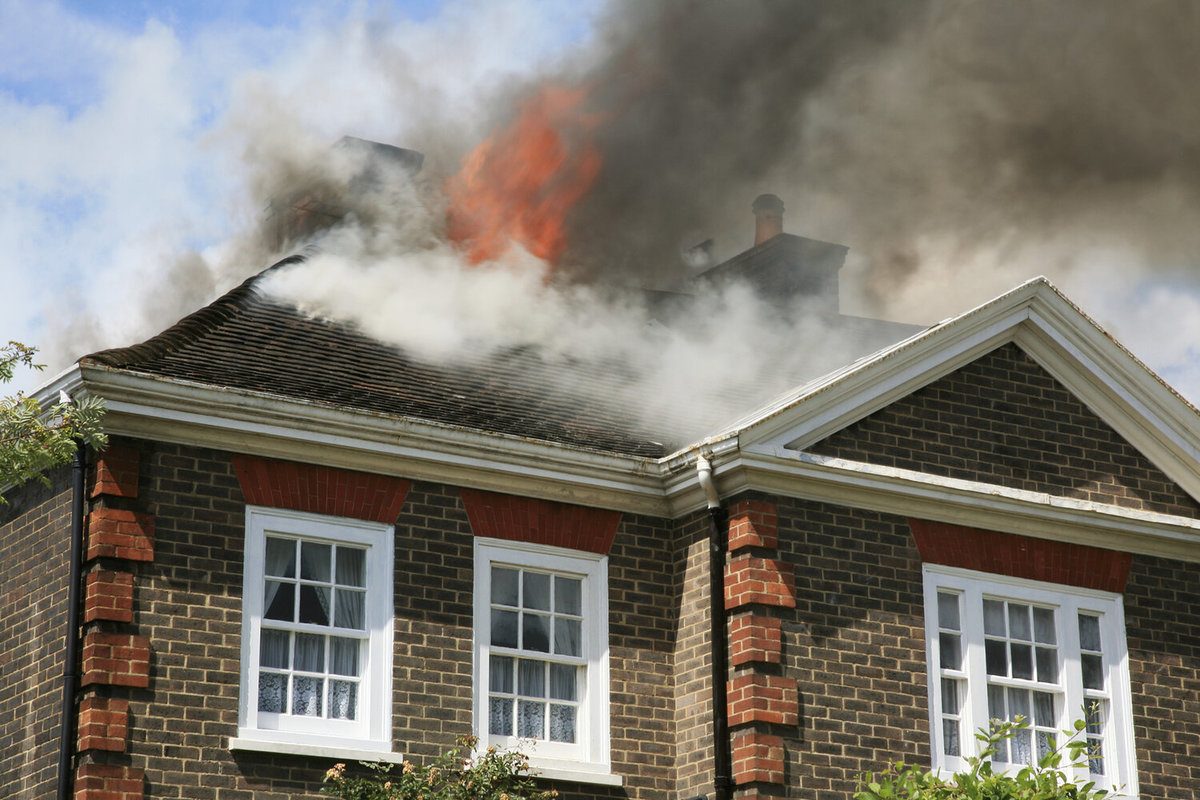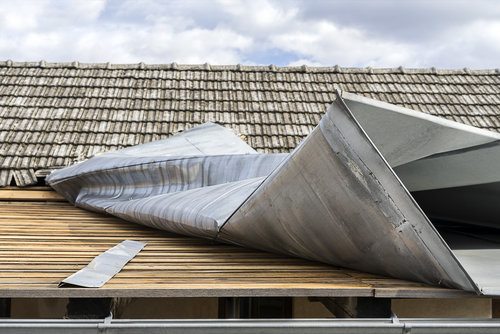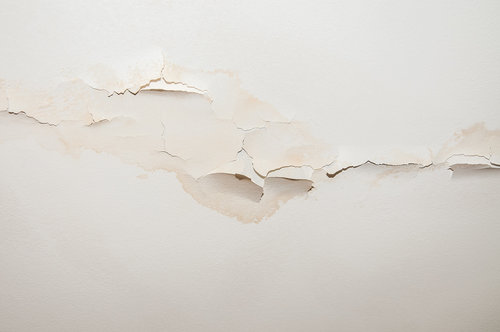Damage Restoration
A burst pipe, a fire, or a storm can change your home in minutes. Damage restoration specialists step in to clean, repair, and rebuild so life can return to normal. The costs for restoration have a wide range, both in terms of materials and labor, with many professionals specializing in specific types of damage.
Most popular Damage Restoration projects
Not sure what your project will cost? We can help!



